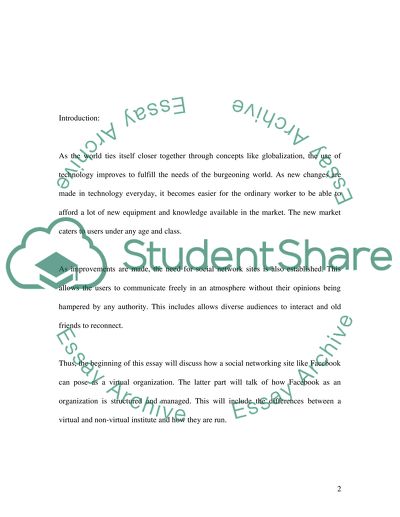Cite this document
(“Organising in a virtual world Essay Example | Topics and Well Written Essays - 1750 words”, n.d.)
Retrieved from https://studentshare.org/technology/1534453-organising-in-a-virtual-world
Retrieved from https://studentshare.org/technology/1534453-organising-in-a-virtual-world
(Organising in a Virtual World Essay Example | Topics and Well Written Essays - 1750 Words)
https://studentshare.org/technology/1534453-organising-in-a-virtual-world.
https://studentshare.org/technology/1534453-organising-in-a-virtual-world.
“Organising in a Virtual World Essay Example | Topics and Well Written Essays - 1750 Words”, n.d. https://studentshare.org/technology/1534453-organising-in-a-virtual-world.


